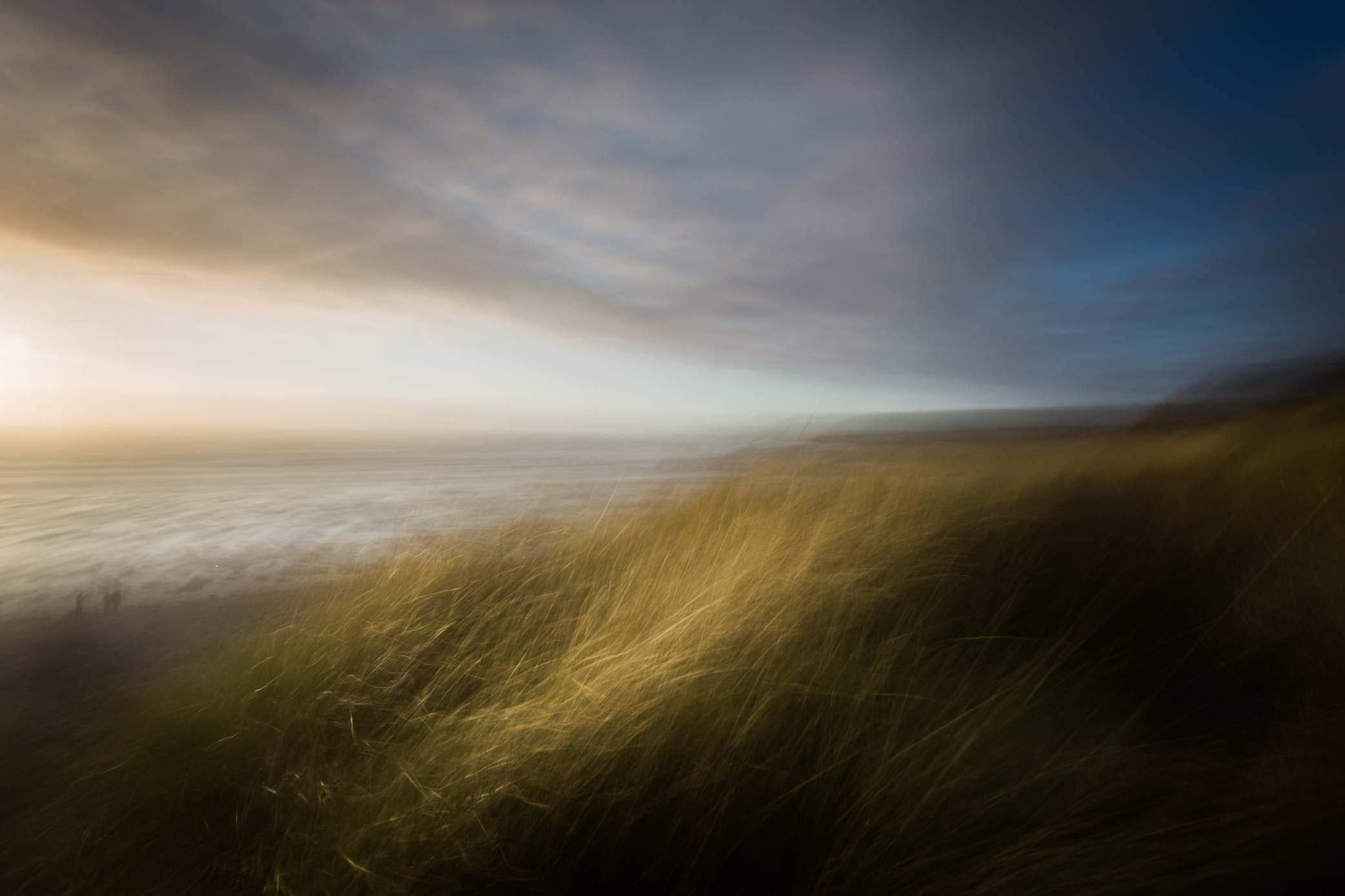Inspirations (8) - Anton Kusters: Yakuza
- Mark Cornick

- Apr 6, 2016
- 4 min read
Meet Anton Kusters, Photographer behind the incredible Project "Yakuza", on which this interview is focused. "Yakuza" documents the Japanese underworld and organised crime on the streets of Tokyo.
The third printing of Antons's book of the same name is now available to Pre-Order and ships from May 1st 2016.

Anton is a Belgian photographer, whose work has been recognised by the BBC, The Sunday Times and The New York Times, to mention only a few, and his images have been exhibited across the world. Read on to learn more about the fascinating world of the Yakuza.
All Images are Copyright Anton Kusters, and are being used with permission from the photographer.

Q) Could you tell us your motivation behind gaining access to the Yakuza underworld and embarking on this project?
A personal one... my brother lives in Japan and I was looking for an excuse to be able to go to Japan more often.
Q) How does a person even begin to contact the Yakuza and negotiate permission to embark on such a project?
One night my brother and I were having a beer in a bar of a friend of ours, discussing exactly the point above, when a member of the Yakuza walked in and went to greet our friend Taka-san (the bar owner). When he left soon after, we asked Taka-san who this guy was, and he replied that he was a member of the Yakuza. That's when both my brother and I raised an eyebrow and thought: what if we do this? Taka warned us that we would spend a long time negotiating and that we should be careful for our safety. We ended up negotiating for 10 months before we got the agreement that I was allowed to follow and photograph them for 2 years, and Taka-san became my fixer.
Q) Can you put into words your feelings on the first day you starting photographing the project?
A mix of nervousness and curiosity... the nervousness waned off quickly.

Q) Did you develop any relationships with your subjects, or were you a “fly on the wall”?
I was fly on the wall the entire time, and developed a relationship with Souichirou, who was my contact inside and whose job it was to keep me informed on what was happening and to teach me how to be polite in a Japanese way.
Q) Did you have any negative reactions from members due to your presence, especially with a camera?
No, none whatsoever, because the negotiations took so long, every member of the family was properly informed of the fact in advance. And because the boss had given his consent, nobody had the authority (or the audacity) to question that consent and raise his voice.

Q) Were there any situations where you felt out of your depth?
Pretty much all the time... remember I am engulfed in a rollercoaster ride in a completely new culture and sub-culture. The guidance of my contact Souichirou, my fixer Taka-san, and my brother were absolutely crucial to be able to make sense of it all.
Q) Before you began the project, did you have a specific “look” in mind for the work you wanted to create?
I don't try to create a "look"... i just photograph as hard and as good as I possibly can.

Q) How many images do you think you took overall during the project?
20,000, out of which 200 were deemed acceptable by myself, and of which approximately 90 ended up in the book.
Q) Why do you think people have such intrigue (For lack of a better word) when it comes to viewing images like this?
I have no idea... perhaps because it is the mystery of an otherwise closed world we know little about?

Q) Was the project based entirely in Tokyo, or did you travel with the Yakuza?
I traveled with them to quite some places, but the bulk happened in Tokyo and surroundings. everything happened in Japan.
Q) Do you have a personal favourite image from the project?
The front cover image of the book certainly is an exceptional image. My personal favourite is the blue image of Nitto-san in the back seat of the car at 3am looking right through me. (First image in this interview)

Q) What do you want viewers of the book or exhibition to take away with them after viewing the work?
That the world is not black and white, but may shades of grey.

Q I imagine your kit set up was light-weight, what did you use for the project?
a pack of paper hankerchiefs, a lens cloth
any random palstic bag
a woolen cap, a super lightweight raincoat
a "pocket communicator": crucial for situations when you don't speak the local language and need help
my passport and credit card and other necessary travel/ID docs
extra batteries
flash
secondary camera (set up as rangefinder)
main camera (rangefinder) with just one lens (but a great one)
pens & pencils, markers, little notebook
memory cards
audio recorder
super dooper business cards with images of my work (extremely important in Japan)
mini tripod
signed David Alan Harvey bag, with custom padded inserts
Read the entire blog post on Antons kit here
Q) what are you currently working on?
A conceptual project photographing the memory of the Holocaust... a super long term project trying to understand sorrow and if it can be multiplied...
Many thanks to Anton for giving us an insight into the world of the Yakuza, and for providing background information to this incredible project.




Teknolojinin gelişimiyle birlikte televizyon izleme alışkanlıkları da değişti. Canlı TV platformumuz, modern izleyicilerin tüm beklentilerini karşılıyor. Geniş kanal seçenekleriyle canlı tv izle hizmetimiz, her türlü içeriğe anında erişim sağlar. Yüksek kaliteli yayın teknolojimiz ve kullanıcı dostu arayüzümüz ile TV izle deneyiminizi en üst seviyeye çıkarıyoruz. Mobil uyumlu platformumuzla istediğiniz yerden sevdiğiniz programları takip edebilirsiniz.